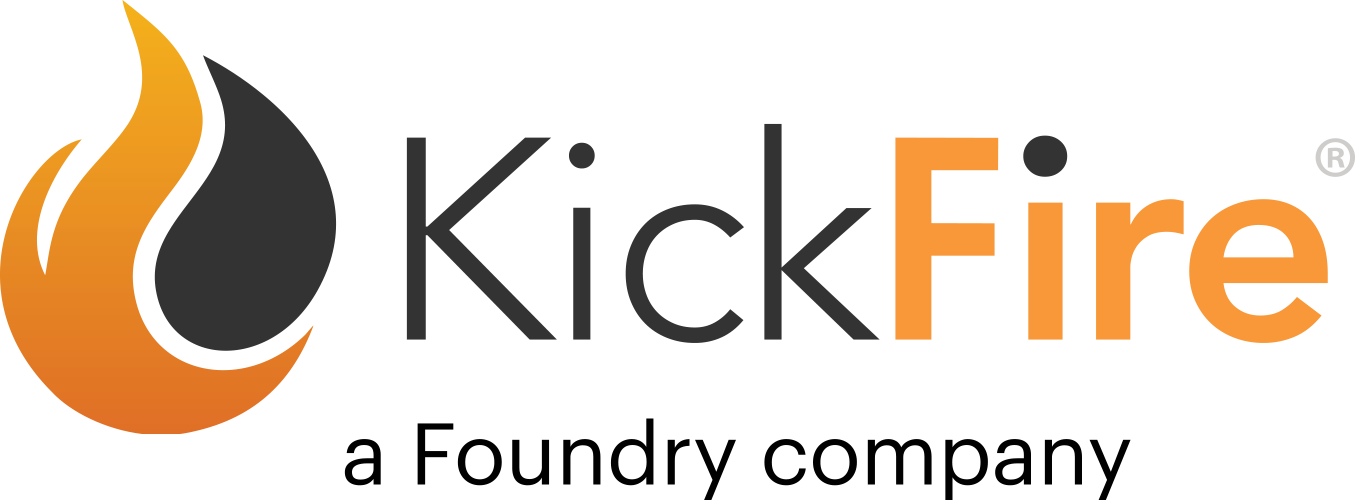Firmographics
Firmographics
Firmographics are attributes about companies such as industry, revenue, number of employees, geographic location, etc. that B2B marketers use to segment their markets, find target accounts and more. These traits can be thought of as similar to the demographics marketers might use to define different customer segments, however, many of these traits are unique to B2B markets.
Accurate firmographic data is one of the main pillars of any effective account-based marketing and sales strategy. Using this data, marketers can make more informed decisions about everything from choosing which companies to target, creating personalized messages and content to generating targeted display ads, managing campaign attribution, and more.
Here are some key firmographic traits to consider in your account-based strategy:
Revenue: Revenue is one of the major criteria of any target account list as it is often a direct indicator of the budget, need, and ability of the company to implement your solution. Understanding revenue numbers for your target accounts will help you narrow down your search and target the right-sized company based on the solution or service you provide.
Industry: While some B2B solutions will be industry agnostic (i.e. can work across many different industries), others may focus their solutions to specific verticals such as big data, industrials, or robotics. Marketing to companies outside of your target industry is a waste of time and resources, however, don’t automatically rule out certain industries entirely. There could be plenty of companies across many industries that would find value in your products by using them in ways you never even imagined. By marketing to your target group while keeping an open mind to potential new market segments you hedge your bets and set yourself up for the best possible outcome. Gathering business intelligence to make smart data-based decisions
Employee count: AKA company size. Your software itself can have an impact on your target company size. Are there limits on how many queries your system can handle at one time? Do larger companies tend to spend more per deal? Etc. One thing to keep in mind is that while larger companies have the potential to be larger volume deals, they often mean more decision-makers need to sign off to push a deal across the finish line. This can mean longer and more complicated buying cycles for the sales team.
Tech Stack: A company’s existing tech stack will influence which technologies they will be receptive to adopting. A company will likely be more receptive to hearing about a solution that fills a gap in their stack and/or one that integrates with their existing platforms.
Geolocation: Looking at the physical location of your best customers, or the markets you want to break into, or even where your website traffic is coming from will give you a good idea of where you should be aiming your messages. For example, if your company sells industrial heaters, it doesn’t make sense to market to businesses in Arizona.
Let’s look at an example:
| Company A | Company B |
| Company Name: Conway Group | Company Name: DeZign Creative |
| Revenue: $40 Million-$50 Million | Revenue: $1 Million - $5 Million |
| Employee Count: 200-300 Employees | Employee Count: 10-50 Employees |
| Industry: Automotive Manufacturing | Industry: Advertising and Marketing Services |
| Website: conwaygroup.com | Website: dezign.com |
| Location: New York, New York | Location: San Francisco, California |
Looking at these two company profiles, a keen B2B marketer would know that the needs of these companies are vastly different. Of course, both companies will have some similarities based on the fact that they both happen to conduct business in the United States. However, Company A will face unique problems for its size and industry, likely have a larger budget, and require a different set of solutions than Company B. Thus the sales and marketing strategy needed to reach and influence the key decision-makers at each company will also be different.
The cornerstone to building an effective account-based sales or marketing strategy is knowledge, the more you know about your target accounts the better equipped you will be to meet their needs. Firmographic data provides vital business intelligence that will lead to more informed sales and marketing decisions. Armed with intricate knowledge of your target audience you’ll be able to create more effective messages that will lead to more engagement and, ultimately, the holy grail of all sales and marketing efforts — increased conversion rates.
